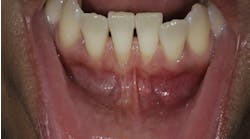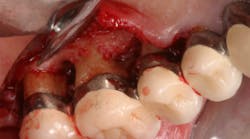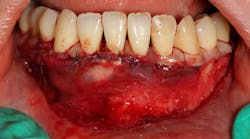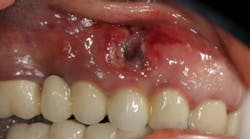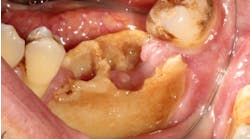Anesthetic combination provides a more rapid recovery after oral surgery
Anesthesia Progress — The ideal sedative for oral surgery should make the patient comfortable during the surgery and should wear off quickly enough that the patient can leave the dental chair soon after the procedure. Finding the best plan of anesthetic treatment is essential to the success of dental procedures such as the extraction of wisdom teeth.
A study in the journal Anesthesia Progress compares two drug combinations for use as deep sedation during oral surgery. Patients in a control group received a continuous intravenous infusion of propofol-remifentanil, while those in an experimental group received a continuous intravenous infusion of propofol-ketamine. This was a double-blinded study — neither patients nor surgeons were aware of which treatment was given.
Oral surgery to extract third molars, also known as wisdom teeth, is a common dental procedure routinely performed with local anesthesia and moderate or deep sedation. This procedure is typically performed in the dental office, not a hospital setting, so there are not extensive facilities and personnel to assist in recovery. Rapid recovery for safe discharge is therefore an important component of dental anesthesia.
In the current study, 37 patients were monitored while sedated for respiratory, heart rate, and blood pressure stability. Emergence from the effects of anesthesia and total recovery time were recorded. Both patients and surgeons were asked to rate their satisfaction with the anesthetic treatments.
Patients who received the ketamine treatment took longer to emerge from the effects of the anesthesia. Their average emergence time was 13.6 minutes compared with 7.1 minutes for patients in the remifentanil group. The recovery period for ketamine patients was 42.9 minutes compared with 24.5 minutes for those who received remifentanil.
Both groups showed similar levels of sedation. However, an increase in heart rate was noted among patients receiving the ketamine treatment. Both patients and surgeons indicated they were very satisfied with either treatment.
While ketamine provides a more cost-effective alternative for dental sedation — remifentanil is more expensive — it requires a longer patient recovery time. This study found that the more rapid recovery from the propofol-remifentanil combination makes it a more ideal deep sedative for dental office third molar surgery.
Full text of “Comparison of Propofol-Remifentanil Versus Propofol-Ketamine Deep Sedation for Third Molar Surgery,” Anesthesia Progress 2012; Vol. 59, No. 3 is available here.
About Anesthesia Progress —
Anesthesia Progress is the official publication of the American Dental Society of Anesthesiology (ADSA). The quarterly journal is dedicated to providing a better understanding of the advances being made in the science of pain and anxiety control in dentistry. The journal invites submissions of review articles, reports on clinical techniques, case reports, and conference summaries. To learn more about the ADSA, visit their website.
